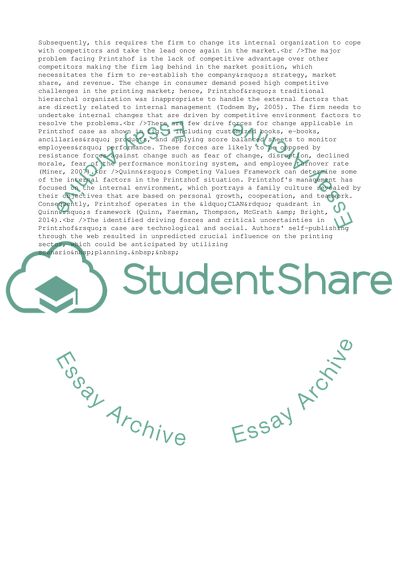Cite this document
(The Major Problem of Printzhof Corporate Case Study, n.d.)
The Major Problem of Printzhof Corporate Case Study. https://studentshare.org/management/1878213-management-change-printzhof-case-study
The Major Problem of Printzhof Corporate Case Study. https://studentshare.org/management/1878213-management-change-printzhof-case-study
(The Major Problem of Printzhof Corporate Case Study)
The Major Problem of Printzhof Corporate Case Study. https://studentshare.org/management/1878213-management-change-printzhof-case-study.
The Major Problem of Printzhof Corporate Case Study. https://studentshare.org/management/1878213-management-change-printzhof-case-study.
“The Major Problem of Printzhof Corporate Case Study”. https://studentshare.org/management/1878213-management-change-printzhof-case-study.


